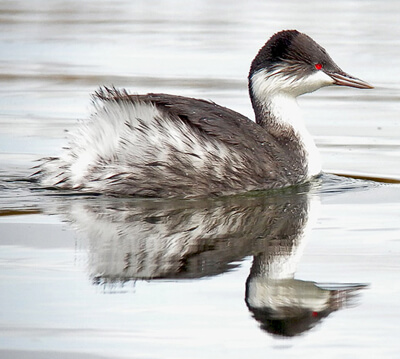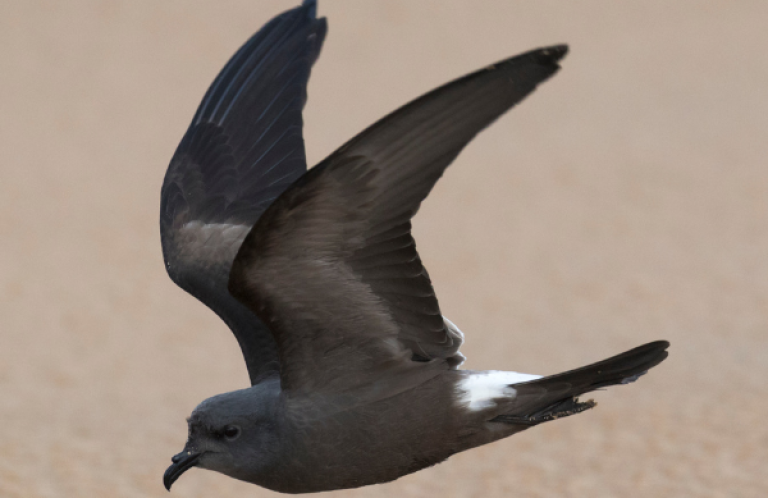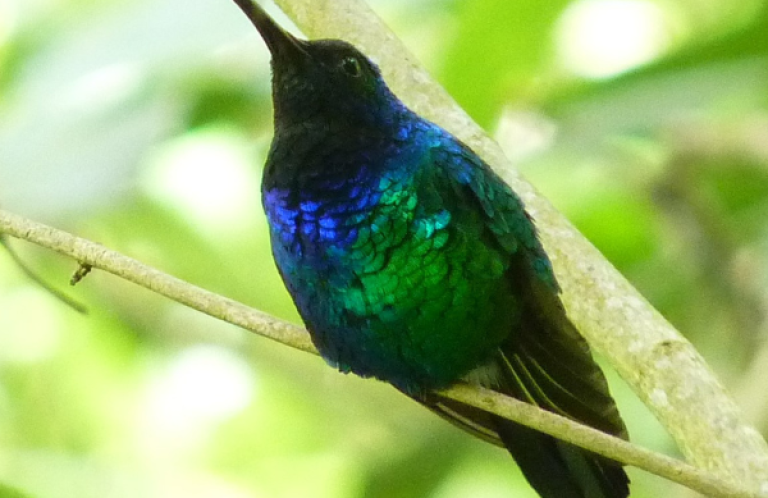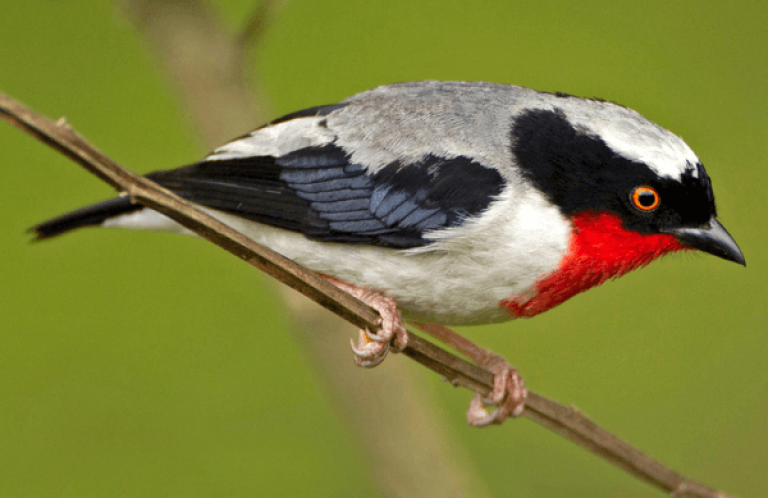Six South American Bird Species Now Protected as Endangered Under U.S. Law
 |
| Junín Grebe by Pete Morris, Birdquest |
(July 30, 2012) The U.S. Fish and Wildlife Service (FWS) has announced a final rule to protect six South American bird species as Endangered under the U.S. Endangered Species Act (ESA), including the Ash-breasted Tit-Tyrant, Junín Grebe, Junín Rail, Peruvian Plantcutter, Royal Cinclodes, and White-browed Tit-Spinetail. Two of these species, the Ash-breasted Tit-Tyrant and Royal Cinclodes, are native to Peru and Bolivia, while the remaining four species occur only in Peru.
The primary factor leading to the listing of these species is habitat destruction and degradation caused by ongoing human activities. All six species have specific habitat requirements and are at risk throughout their entire range.
The Ash-breasted Tit-Tyrant, Peruvian Plantcutter, Royal Cinclodes, and White-browed Tit-Spinetail are forest species, whose ranges have become highly-fragmented and disjunct as a result of deforestation for agriculture, grazing, and fuel wood extraction. The Junín Grebe and Junín Rail are waterbirds that are endemic to a single lake (Lake Junín). Mining activity has polluted a major river flowing into the lake at the northwestern end and has caused grebes to abandon this area in favor of other parts of the lake where pollution is lower. Water availability has also been compromised due to ongoing manipulations in water levels (for hydropower generation) and mining, and there are threats from disease caused by contamination of the lake water. The Junín Rail is also subject to increased predation when water levels are low. All of the species in this rule are further at risk due to their extremely small population sizes, which compromises their ability to survive unexpected natural events.
American Bird Conservancy, the only organization exclusively dedicated to conserving birds throughout the Americas, has initiated a host of programs over the last ten years to increase protections for these species. Working with Peruvian and Bolivian partners, including Asociación Ecosistemas Andinos (ECOAN) in Peru, and Asociación Armonía, and Instituto de Ecología in Bolivia, ABC has helped to reduce the extinction threat these birds face. Those efforts include:
- In the Vilcanota Mountains of the Peruvian Andes, ABC has worked with ECOAN and more than 20 communities to protect and restore threatened Polylepis woodlands for the Royal Cinclodes, White-browed Tit-Spinetail, and Ash-breasted Tit-Tyrant. As a result of this work, we have planted more than 650,000 Polylepis trees, established seven community-owned and managed Private Conservation Areas covering more than 15,500 acres, and established a $2 million endowment to aid Polylepis forest conservation in this area.
- In Bolivia, ABC has supported work by Armonía and the Insituto de Ecología to protect and restore Polylepis woodlands for the Royal Cinclodes and Ash-breasted Tit-Tyrant.
- In both Peru and Bolivia, ABC has assisted our partners in providing fuel-efficient stoves to communities to reduce their demand for fuel wood and reduce pressure on habitat for endangered birds.
- At Lake Junín, ABC has supported ECOAN's work to improve the management of wetlands for the Junín Grebe, Junín Rail, and other wildlife, resulting in the production of a management plan for the lake, available for download at ECOAN's website.
- In northern Peru, ABC and ECOAN provided training on bird monitoring, tourism, and other skills to staff at the Bosque Pomac Historic Sanctuary, benefiting management and monitoring for this reserve's population of Peruvian Plantcutter.
Currently, there are about 600 foreign species listed under the ESA, compared to about 1,390 species native to the United States, including 90 birds.
The final FWS rule on the six species was published July 24, 2012, in the Federal Register, and will become effective on August 23, 2012. The document may be viewed online by clicking on the 2012 Final Rules under Endangered and Threatened Wildlife and Plants.


















































